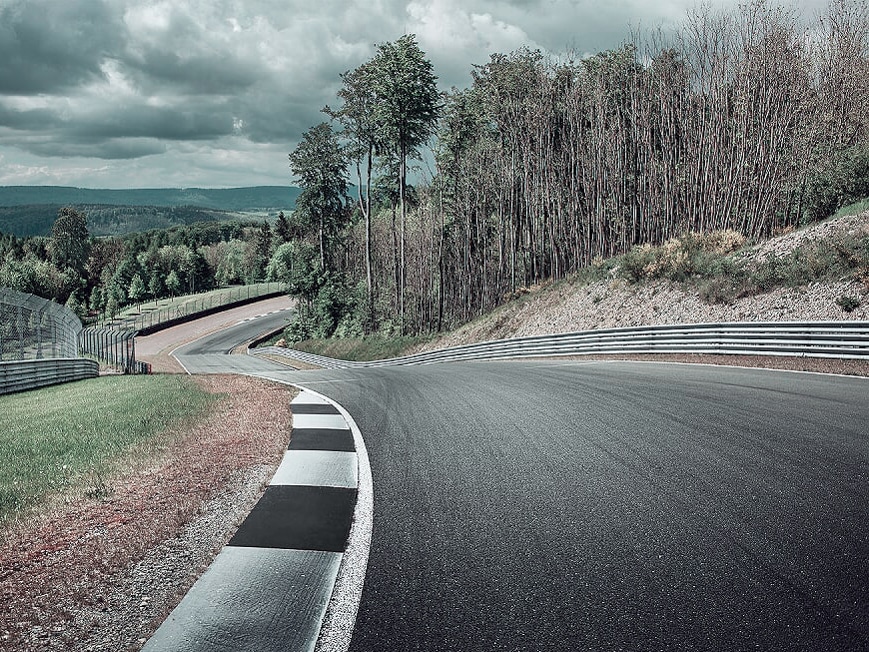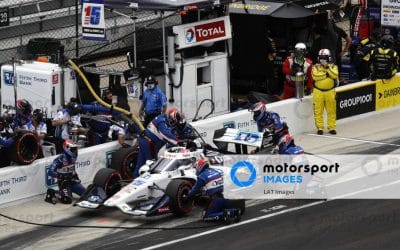RaceCoin takes to the track!
The RaceCoin team has hit another important target, confirming that the roadmap laid out to bring this ground-breaking product to market is being adhered to perfectly. With the Phantom Racing system having been tried out on a road car already, it recently made its track debut as well. Before you know it, drivers will be virtually racing each other all over the world…
At the moment, we’re still working with a prototype, but the results are positive – and just as importantly, on time.
Blasting round the Bilster Berg
RaceCoin’s track debut took place at the Bilster Berg circuit in the heart of Germany, about 200 km east of Cologne. The picturesque circuit is like a mini-Nürburgring, with 19 swooping corners over a 4.2-kilometer layout. As an all-round driving experience, it’s second to none: one of the reasons why it’s also used extensively for corporate events.
For RaceCoin, it was an opportunity to test some of the core parameters of its phantom racing technology to see if it works as effectively on a racetrack as it did in the first trial on the road.
And the result was a resounding yes. One of the biggest challenges so far has been to define the Phantom Racing algorithm and to ensure that the data collected by it is accurate and corresponds with the actual real-life situation. These goals have been met so far.
The verdict
“We drove eight laps on the Bilster Berg track at full speed, meeting our expectations,” reported Matthias Dahm, RaceCoin’s Chief Operating Officer and responsible for overseeing every aspect of the project. “We tested the prototype app thoroughly and were able to successfully gather GPS data and coordinates, which are fundamental to the correct functioning of the system.”
In its full version, RaceCoin will be capturing a huge number of data channels, including weather data, car data, and circuit data. All these complex channels have to be elaborated one by one to make this extraordinary concept finally become a concrete reality. Then there is the work of data correlation: making sure that the information registered at the test is accurate.
“We can build on this test now and further develop it,” points out Matthias. “We got a lot of data and it was also a lot of fun to see what we’ve been working so hard towards comes into life on a race track at last! We are evaluating the data as we speak, and comparing that to the data captured by the race track. Everything seems to be in order so far, so it won’t be long before we’re out testing again. One of the key things for us is that we’re right on track according to our road map.”
Next steps
During 2019, the key priority is finalizing the combined hardware and software platform. But at the same time, RaceCoin is busy securing partnership agreements with more circuits: by 2022, at least 40 should be on board. And it all started right here, with eight laps around the Bilster Berg.



